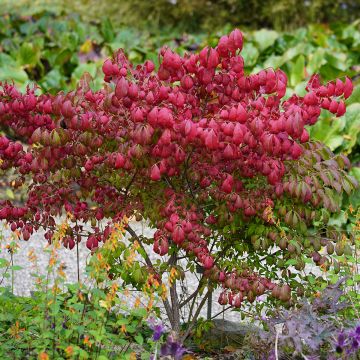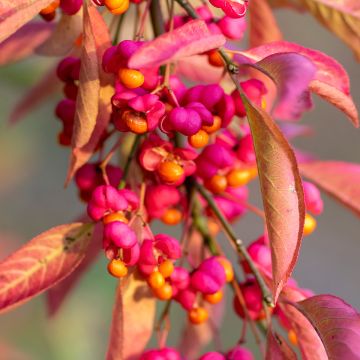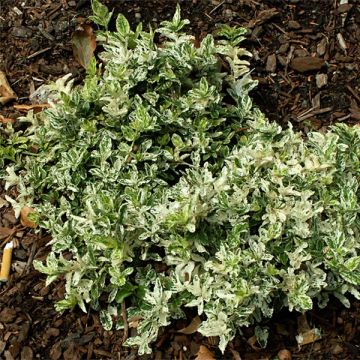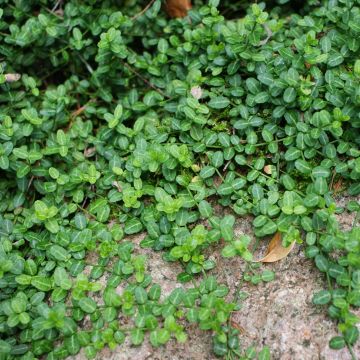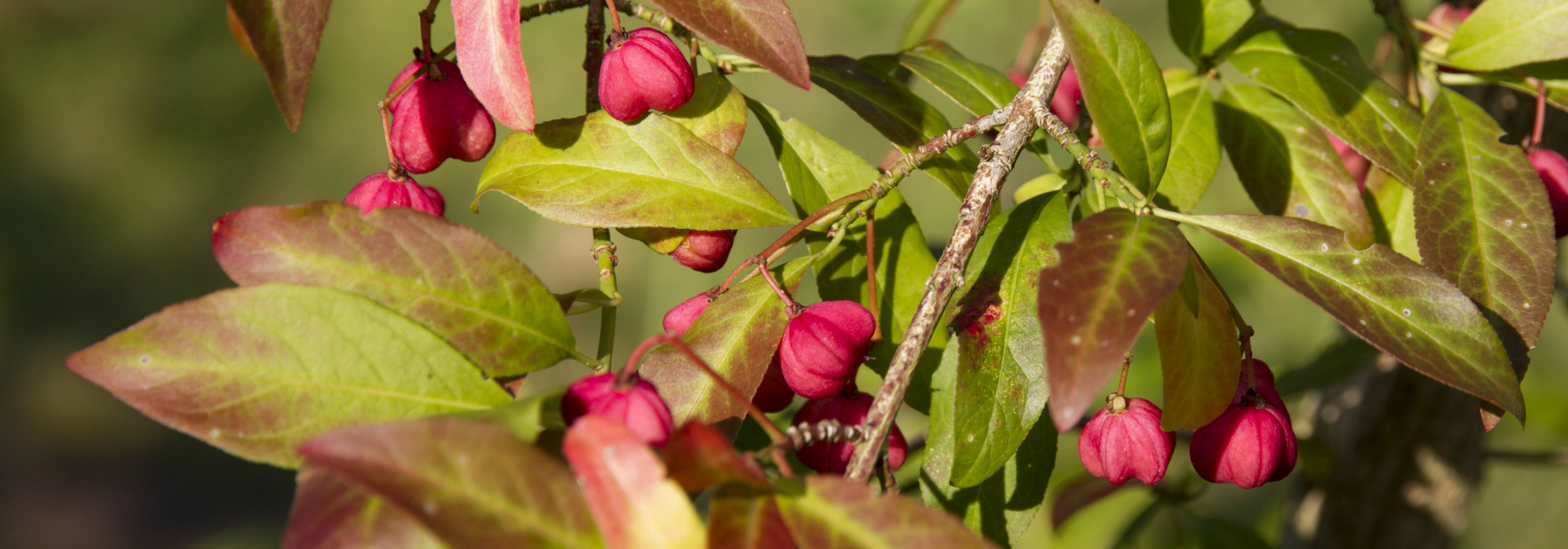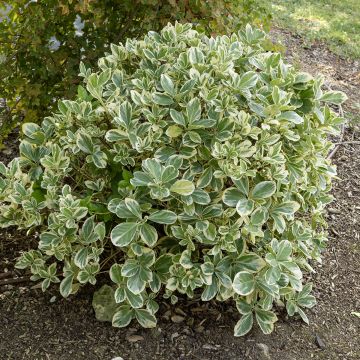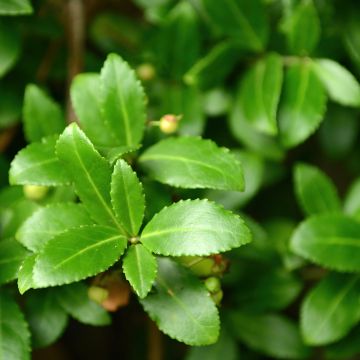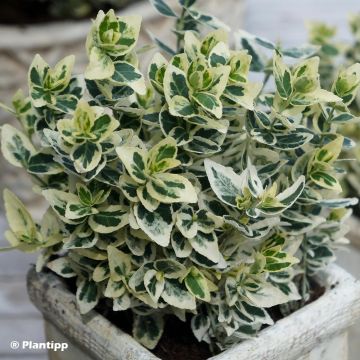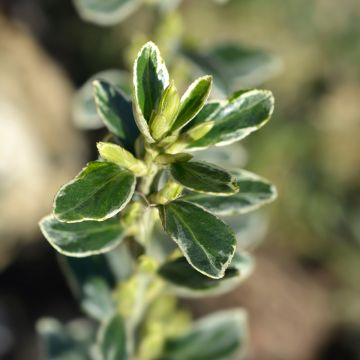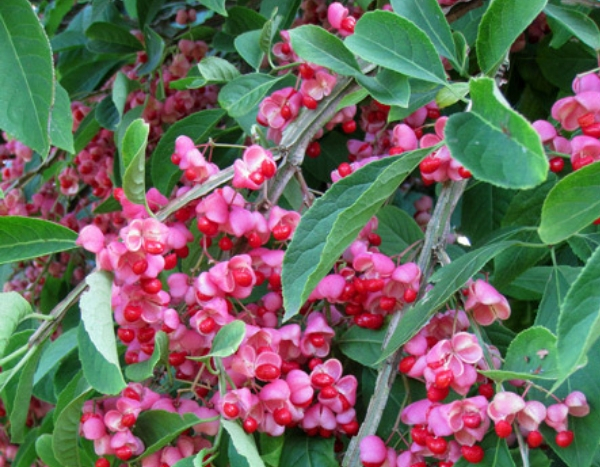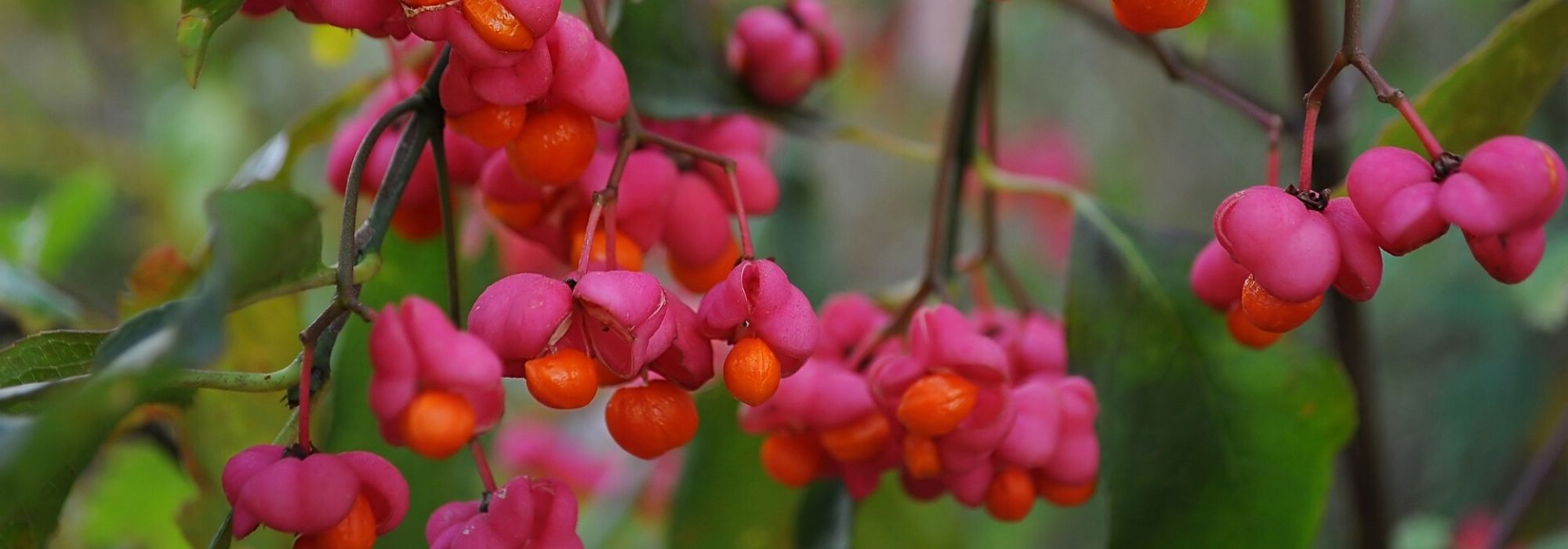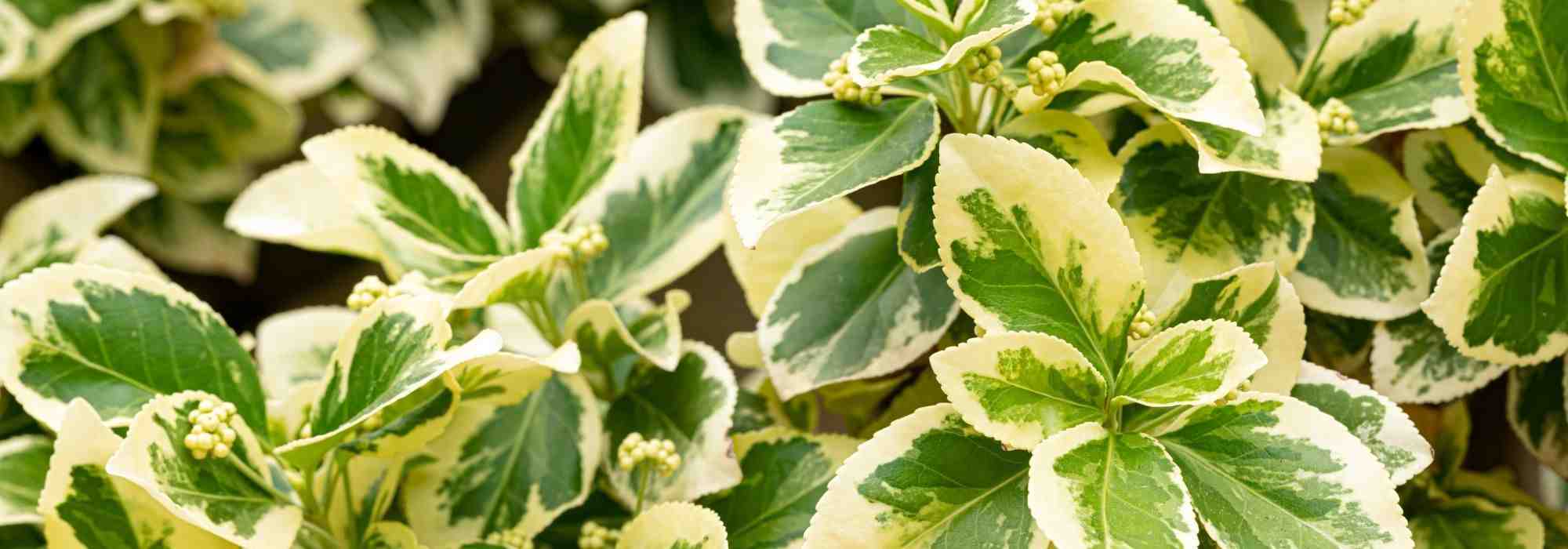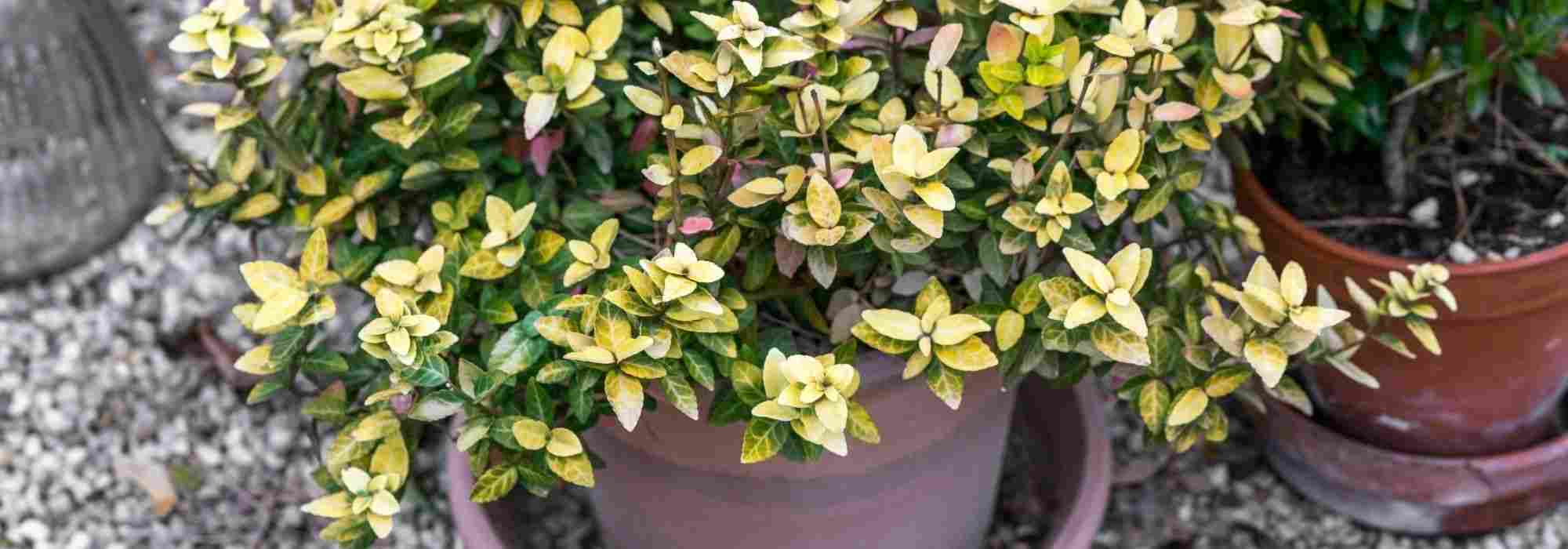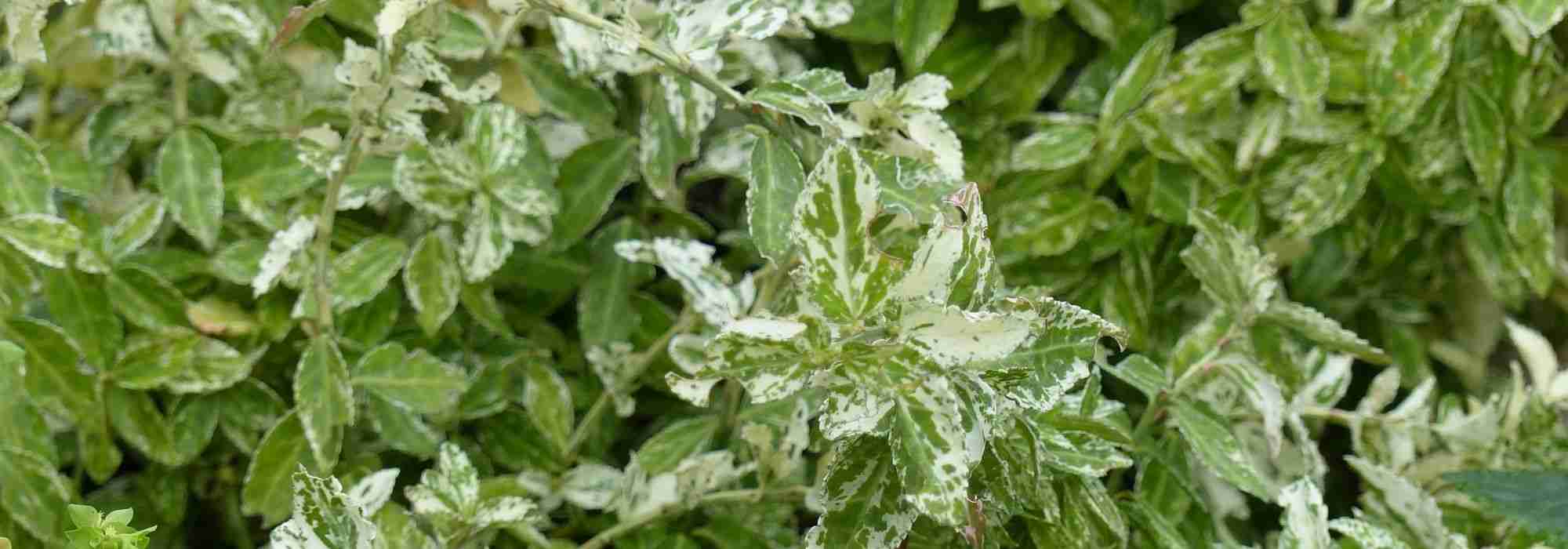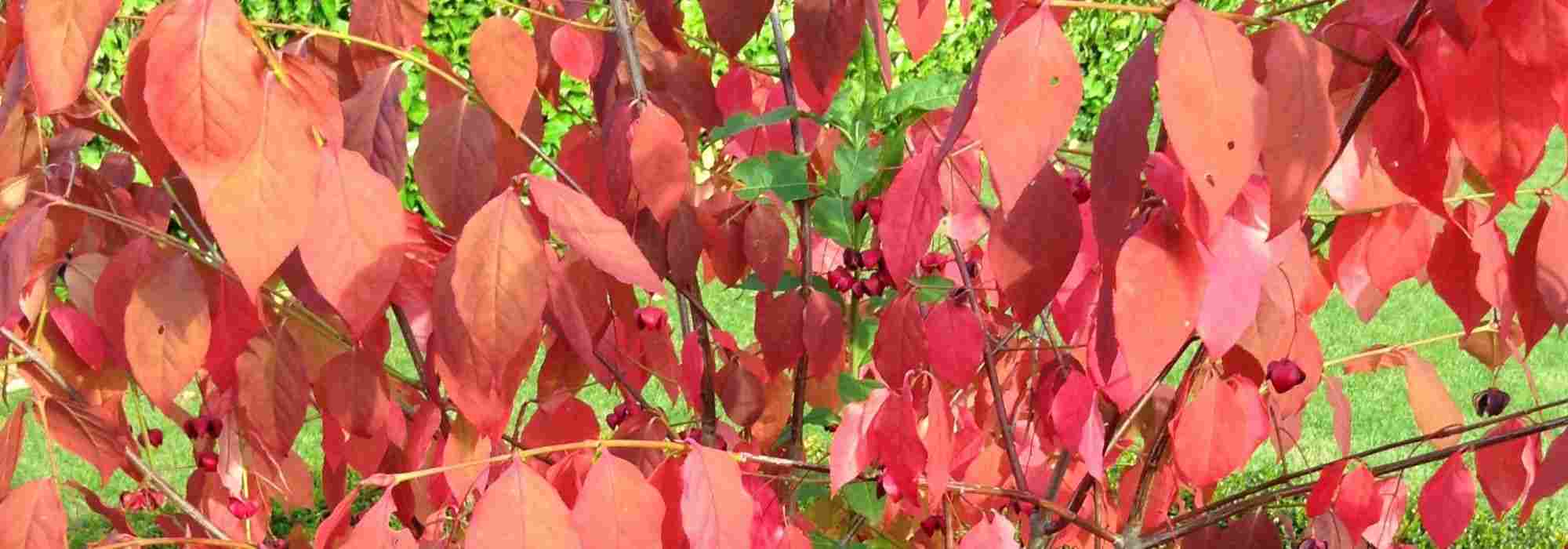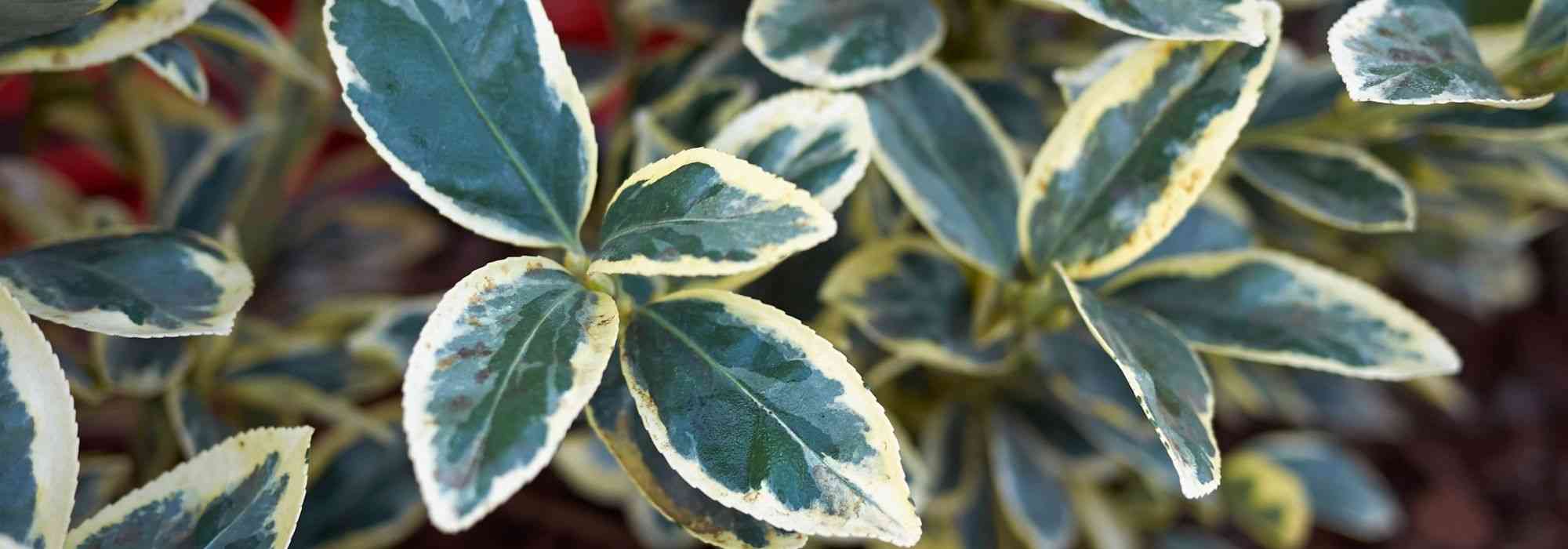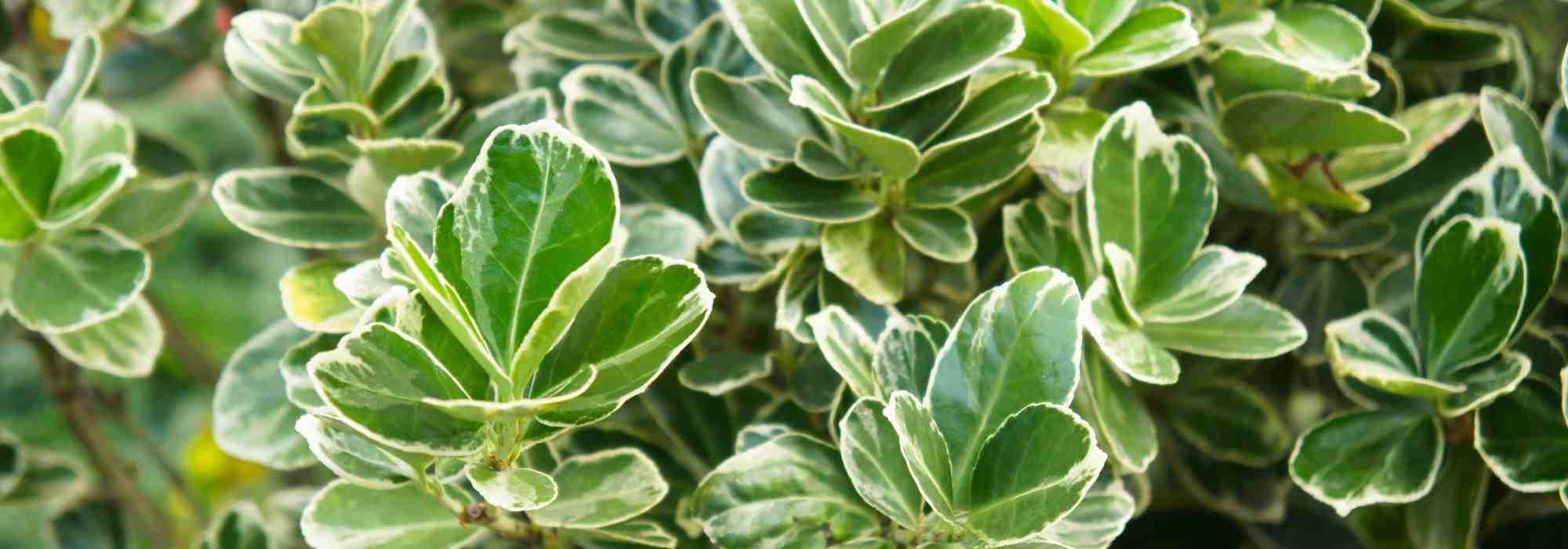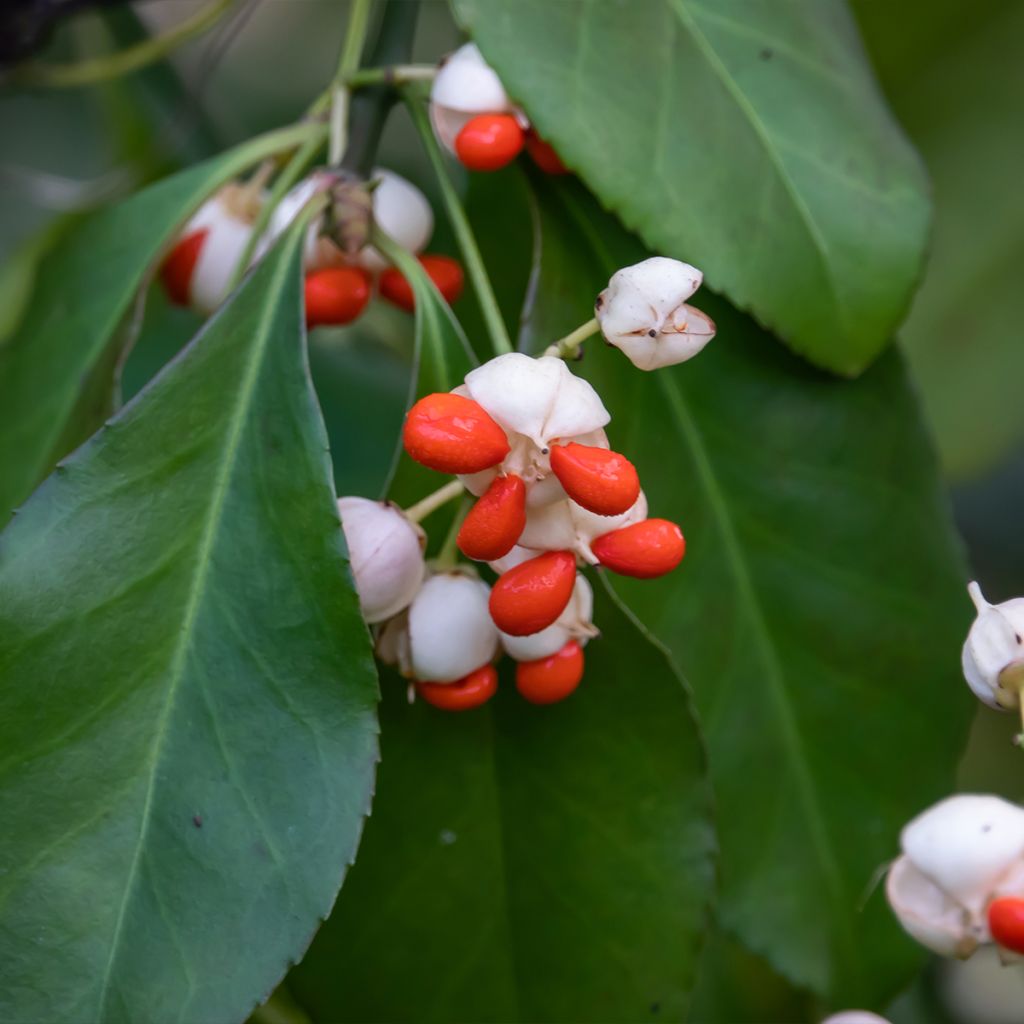

Euonymus tonkinensis - Fusain du Tonkin
Euonymus tonkinensis - Spindle
Euonymus tonkinensis
Tonkin Spindle Tree
Special offer!
Receive a €20 voucher for any order over €90 (excluding delivery costs, credit notes, and plastic-free options)!
1- Add your favorite plants to your cart.
2- Once you have reached €90, confirm your order (you can even choose the delivery date!).
3- As soon as your order is shipped, you will receive an email containing your voucher code, valid for 3 months (90 days).
Your voucher is unique and can only be used once, for any order with a minimum value of €20, excluding delivery costs.
Can be combined with other current offers, non-divisible and non-refundable.
Why not try an alternative variety in stock?
View all →This plant carries a 24 months recovery warranty
More information
We guarantee the quality of our plants for a full growing cycle, and will replace at our expense any plant that fails to recover under normal climatic and planting conditions.
Does this plant fit my garden?
Set up your Plantfit profile →
Description
The Tonkin spindle tree, Euonymus tonkinensis, is a rare Asian species in cultivation. This bush produces beautiful ivory-white fruits in late summer, containing decorative orange-red seeds. Its dark green, evergreen leaves are leathery and glossy, providing an attractive backdrop for other plants or winter flowering. It prefers moist soil that doesn't dry out too much, and a sheltered location protected from cold winds, in partial shade or non-burning sun.
The Tonkin spindle tree belongs to the Celastraceae family, which includes spindle trees, as well as the powerful lianas of the genus Celastrus. As its name suggests, it comes from Southeast Asia: Tonkin was the former name given to the northern regions of present-day Vietnam. This bush, generally not exceeding 2 metres (6 feet 7 inches) in height and width, grows in woods, forests, and scrub areas. Although described in the early 20th century, it is still very rare in cultivation. Botanists consider it closely related to another more common spindle tree species: the Japanese spindle tree (Euonymus japonicus). Like the latter, the Tonkin spindle tree has shiny, dark green, leathery, evergreen leaves with coarsely toothed margins and well-marked veins. The round stems are also dark green, which adds to the appeal of this spindle tree even in the middle of winter. In spring, the bush produces discreet clusters of green flowers measuring 5 mm (0.2 in). If the climate suits it, it is, however, the fruits that will catch the eye a few months later, from late summer to winter if the birds are not too hungry: ribbed and ivory-white, they open at maturity to reveal seeds of a bright orange-red colour. The effect is sumptuous and warms up the garden in winter!
The Tonkin spindle tree will be comfortable in partial shade or exposed to light sun. Given its origins, and even though not much is known about it, it seems wiser not to expose it to very cold climates (with temperatures below -10°C (14 °F) for several days, at least during its first years. Protect it from cold and drying winds like all evergreen spindle trees. This rare bush will make a beautiful specimen in a collectors garden, and it can also provide a lovely evergreen backdrop to showcase winter blooms such as the paper bush (Edgeworthia chrysantha), the winter sweet, white forsythia (Abeliophyllum distichum), as well as hellebores (Oriental hybrid hellebores, Helleborus sternii, Helleborus foetidus).
Plant habit
Flowering
Foliage
Botanical data
Euonymus
tonkinensis
Celastraceae
Tonkin Spindle Tree
Southeast Asia
Other Euonymus - Spindle tree
View all →Planting and care
Euonymus tonkinensis appreciates a slightly moist soil, but well-drained, that does not dry out too much in summer, slightly acidic to slightly alkaline, and not too rich. In a soil that is too nitrogen-rich, it will be targeted by aphids. It can be planted in partial shade, but also tolerates light sun. Given its origins, and even though little is known about it, it seems wiser not to expose it to very cold climates (with temperatures below -10°C (14 °F) for several days, at least during its first years. Protect it from cold and drying winds like all evergreen euonymus species. Light pruning after flowering or possibly at the end of winter (but not too early to avoid frost damage to young shoots) can help densify it if it is too spindly,
Planting period
Intended location
Care
Planting & care advice
This item has not been reviewed yet - be the first to leave a review about it.
Haven't found what you were looking for?
Hardiness is the lowest winter temperature a plant can endure without suffering serious damage or even dying. However, hardiness is affected by location (a sheltered area, such as a patio), protection (winter cover) and soil type (hardiness is improved by well-drained soil).

Photo Sharing Terms & Conditions
In order to encourage gardeners to interact and share their experiences, Promesse de fleurs offers various media enabling content to be uploaded onto its Site - in particular via the ‘Photo sharing’ module.
The User agrees to refrain from:
- Posting any content that is illegal, prejudicial, insulting, racist, inciteful to hatred, revisionist, contrary to public decency, that infringes on privacy or on the privacy rights of third parties, in particular the publicity rights of persons and goods, intellectual property rights, or the right to privacy.
- Submitting content on behalf of a third party;
- Impersonate the identity of a third party and/or publish any personal information about a third party;
In general, the User undertakes to refrain from any unethical behaviour.
All Content (in particular text, comments, files, images, photos, videos, creative works, etc.), which may be subject to property or intellectual property rights, image or other private rights, shall remain the property of the User, subject to the limited rights granted by the terms of the licence granted by Promesse de fleurs as stated below. Users are at liberty to publish or not to publish such Content on the Site, notably via the ‘Photo Sharing’ facility, and accept that this Content shall be made public and freely accessible, notably on the Internet.
Users further acknowledge, undertake to have ,and guarantee that they hold all necessary rights and permissions to publish such material on the Site, in particular with regard to the legislation in force pertaining to any privacy, property, intellectual property, image, or contractual rights, or rights of any other nature. By publishing such Content on the Site, Users acknowledge accepting full liability as publishers of the Content within the meaning of the law, and grant Promesse de fleurs, free of charge, an inclusive, worldwide licence for the said Content for the entire duration of its publication, including all reproduction, representation, up/downloading, displaying, performing, transmission, and storage rights.
Users also grant permission for their name to be linked to the Content and accept that this link may not always be made available.
By engaging in posting material, Users consent to their Content becoming automatically accessible on the Internet, in particular on other sites and/or blogs and/or web pages of the Promesse de fleurs site, including in particular social pages and the Promesse de fleurs catalogue.
Users may secure the removal of entrusted content free of charge by issuing a simple request via our contact form.
The flowering period indicated on our website applies to countries and regions located in USDA zone 8 (France, the United Kingdom, Ireland, the Netherlands, etc.)
It will vary according to where you live:
- In zones 9 to 10 (Italy, Spain, Greece, etc.), flowering will occur about 2 to 4 weeks earlier.
- In zones 6 to 7 (Germany, Poland, Slovenia, and lower mountainous regions), flowering will be delayed by 2 to 3 weeks.
- In zone 5 (Central Europe, Scandinavia), blooming will be delayed by 3 to 5 weeks.
In temperate climates, pruning of spring-flowering shrubs (forsythia, spireas, etc.) should be done just after flowering.
Pruning of summer-flowering shrubs (Indian Lilac, Perovskia, etc.) can be done in winter or spring.
In cold regions as well as with frost-sensitive plants, avoid pruning too early when severe frosts may still occur.
The planting period indicated on our website applies to countries and regions located in USDA zone 8 (France, United Kingdom, Ireland, Netherlands).
It will vary according to where you live:
- In Mediterranean zones (Marseille, Madrid, Milan, etc.), autumn and winter are the best planting periods.
- In continental zones (Strasbourg, Munich, Vienna, etc.), delay planting by 2 to 3 weeks in spring and bring it forward by 2 to 4 weeks in autumn.
- In mountainous regions (the Alps, Pyrenees, Carpathians, etc.), it is best to plant in late spring (May-June) or late summer (August-September).
The harvesting period indicated on our website applies to countries and regions in USDA zone 8 (France, England, Ireland, the Netherlands).
In colder areas (Scandinavia, Poland, Austria...) fruit and vegetable harvests are likely to be delayed by 3-4 weeks.
In warmer areas (Italy, Spain, Greece, etc.), harvesting will probably take place earlier, depending on weather conditions.
The sowing periods indicated on our website apply to countries and regions within USDA Zone 8 (France, UK, Ireland, Netherlands).
In colder areas (Scandinavia, Poland, Austria...), delay any outdoor sowing by 3-4 weeks, or sow under glass.
In warmer climes (Italy, Spain, Greece, etc.), bring outdoor sowing forward by a few weeks.
































